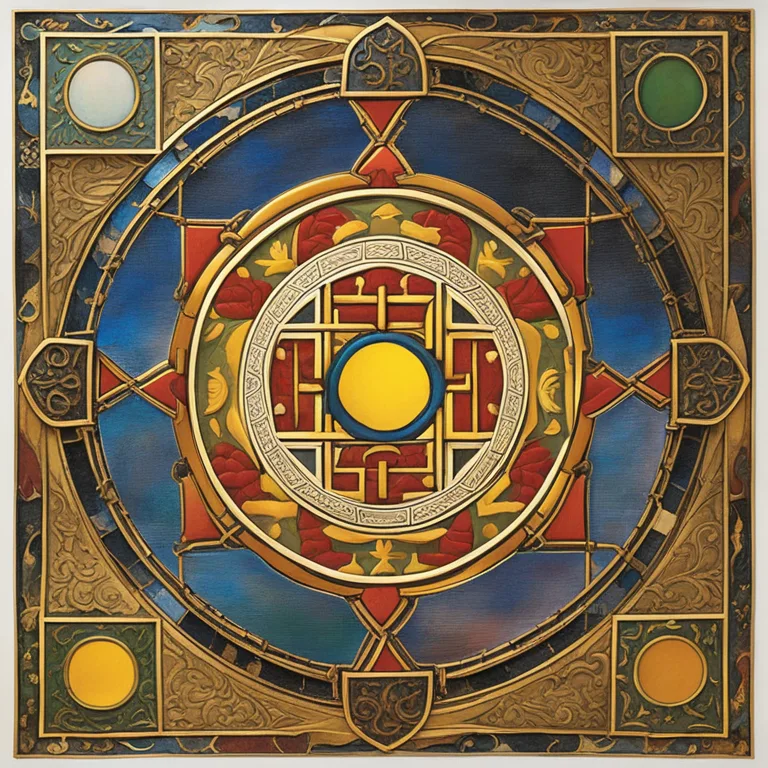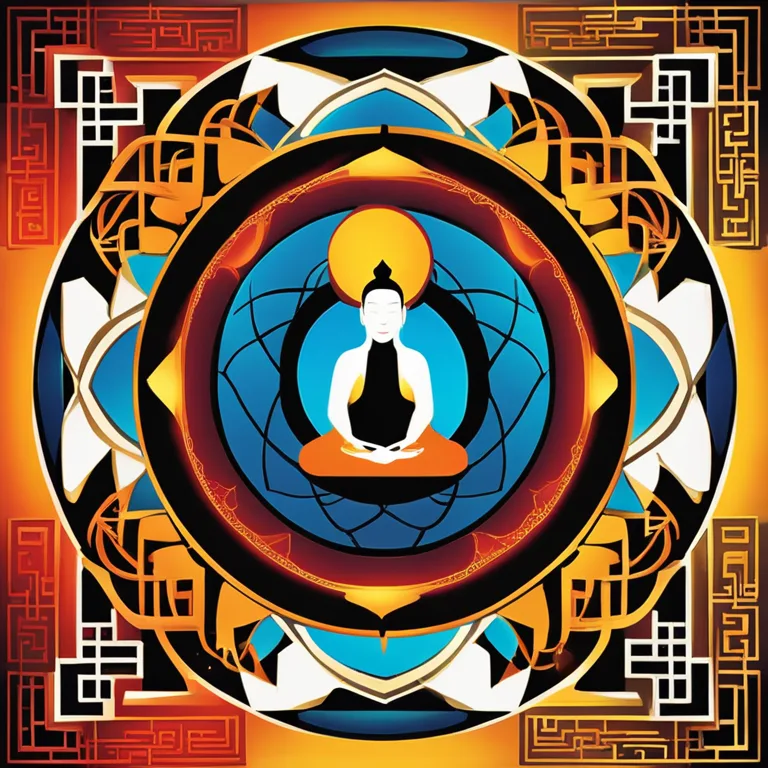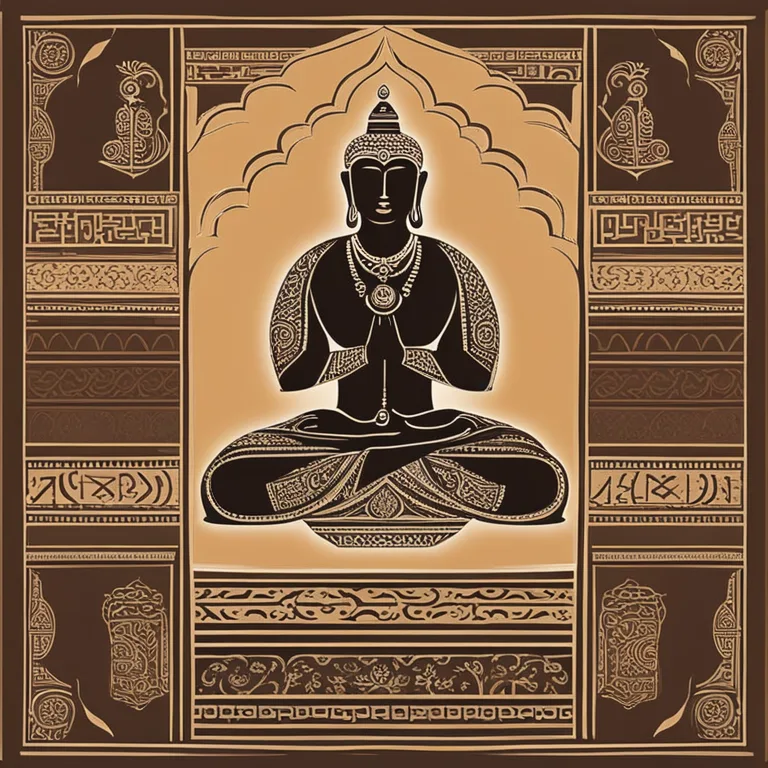
The Roots of Meditation: A Journey Through Time
Delve into the ancient practice of meditation, tracing its origins and evolution through history in this insightful article.
article by Hina Kurosawa
Ancient Beginnings
Meditation, an ancient practice deeply rooted in human culture, can be traced back thousands of years. Its origin story is as diverse as the civilizations that nurtured it. Archaeological evidence suggests the earliest practitioners were the Indus Valley peoples around 5,000 BCE, where terracotta seals depicting figures in meditative-like postures were found. In the Vedas, ancient Indian texts, meditation is referenced as a spiritual tool, indicating a strong historical presence in South Asian traditions. These accounts provide unique insights into the birth and spread of this universal discipline.

Global Philosophies Intersect
As civilizations interacted through trade and conquest, meditation practices spread and evolved. In China, the Daoist tradition developed techniques congruent with meditative states aiming at harmony between body and cosmos. Concurrently, in the 6th century BCE, Buddhism's inception in India contributed significantly to meditation's proliferation. The Buddha's teachings on Dhyana, or meditative absorption, became a core element of Buddhist practice, later permeating other cultures as the religion spread across Asia.

The Greek Contemplation
Akin to Eastern practices, the Greeks, too, engaged in meditation through the practice of contemplation. Philosophers like Plato and Aristotle recognised the value of introspection for personal development and understanding of the universe. Although the Western form of 'meditation' was less structured than its Eastern counterparts, the Greeks' emphasis on reflective thought echoes today's mindfulness practice, itself a fusion of Eastern meditative traditions and psychological techniques.

Mystical Traditions of the Middle Ages
In the Middle Ages, Christian, Jewish, and Islamic mystics developed meditative practices aimed at deepening spiritual connection. The Christian tradition of 'lectio divina' combined reading scripture, meditation, prayer, and contemplation into a unified experience. Jewish Kabbalah and Islamic Sufism both emphasized meditative techniques to experience spiritual transcendence. These practices showcased meditation's ability to cross cultural and religious divides, highlighting its role as a bridge to the divine.
Modern-Day Meditation Surge
Fast forward to the 20th century, the globalization of meditation was catalyzed by influential figures like Maharishi Mahesh Yogi, who introduced the West to Transcendental Meditation. Secular forms, such as Jon Kabat-Zinn's Mindfulness-Based Stress Reduction, brought meditation into therapeutic venues. In the present day, a wealth of scientific research demonstrates the benefits of meditation, reinforcing its critical role in holistic health and inspiring its integration into contemporary life.
Technology Meets Tradition
As technology advances, meditation too has found a new domain. From virtual reality experiences that simulate sacred spaces to apps that guide users through diverse meditative practices, innovation is reshaping how we engage with this timeless tradition. Studies continue to explore meditation's potential, indicating its benefits in neuroplasticity, mental health, and cognitive performance, affirming the practice as a valuable component in the pursuit of well-being in our fast-paced modern world.
Published: 1/8/2024
Modified: 1/8/2024
More predictions
Come back here soon to learn more about yourself and your future


Finger Meditation Techniques
Discover the power of finger meditation to harmonize your body and mind, enhancing wellness and inner peace.


Meditation Techniques: A Handbook
Discover the breadth of meditation methods to enhance your wellness journey.


Meditation: Finger Techniques Explored
Discover the art of finger meditation to harmonize body, mind, and spirit through ancient practices for modern wellness.